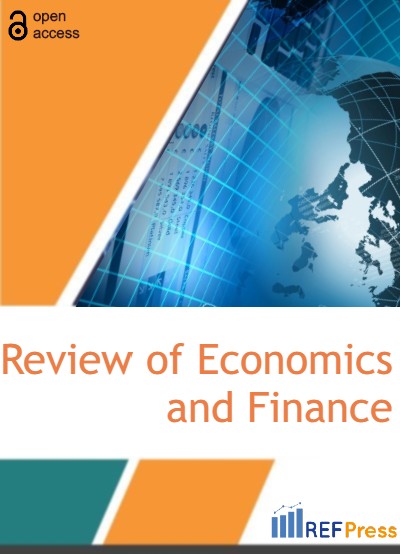
What Drives Local Government Welfare Spending? A Comparative Study of Split and Unsplit Regions in Sumatra, Indonesia
(Pages 502-509)Roosemarina Anggraini Rambe1* and Lizar Alfansi2
1Economics Department, Faculty of Economics and Business, University of Bengkulu, Indonesia.
2Management Department, Faculty of Economics and Business, University of Bengkulu, Indonesia.
DOI: https://doi.org/10.55365/1923.x2023.21.51
Abstract:
The study examines and compares the role of the previous year's GRDP per capita, the previous year's tax, sharing fund, and population toward the local government welfare spending between split and unsplit regions in Sumatra, Indonesia. The study employs the panel data of districts/cities in Sumatra from 2011 to 2020. The study applies the data panel regression technique. Results show that the welfare spending determinant model differs between the two regions. In split regions, the role of the previous year's tax, the previous year's GRDP per capita, and population have a significant, positive effect on the local government welfare spending. However, in unsplit regions, the previous year's tax has a significant positive effect, whereas the sharing fund has a significant negative influence on the local government welfare spending. This study recommends that local governments manage tax revenue by implementing intensive taxation. The splitting of local government encourages the growth of the business sector. The unsplit local governments should grow their income outside of sharing fund to increase welfare spending.
Keywords:
Previous year's GRDP per capita, Previous year's tax, Population, Regional splitting, Sharing fund, Welfare spending.
How to Cite:
Roosemarina Anggraini Rambe and Lizar Alfansi. What Drives Local Government Welfare Spending? A Comparative Study of Split and Unsplit Regions in Sumatra, Indonesia. [ref]: vol.21.2023. available at: https://refpress.org/ref-vol21-a51/
Licensee REF Press This is an open access article licensed under the terms of the Creative Commons Attribution Non-Commercial License (http://creativecommons.org/licenses/by-nc/3.0/) which permits unrestricted, non-commercial use, distribution and reproduction in any medium, provided the work is properly cited.
